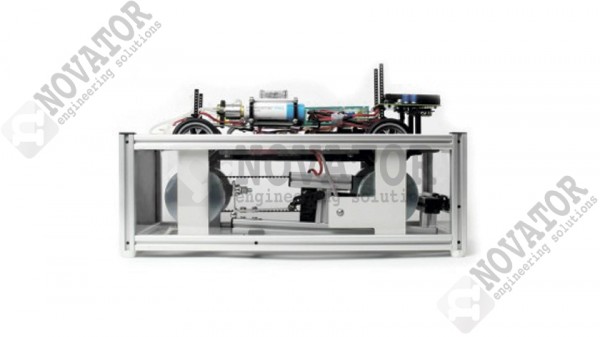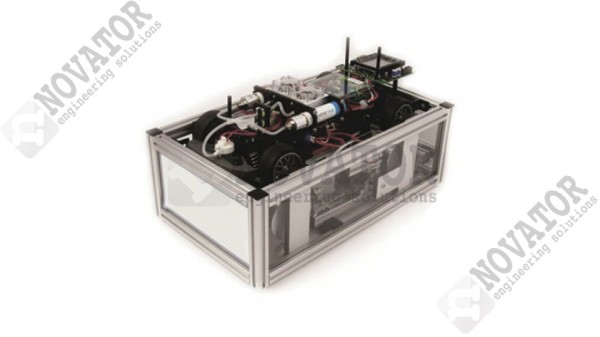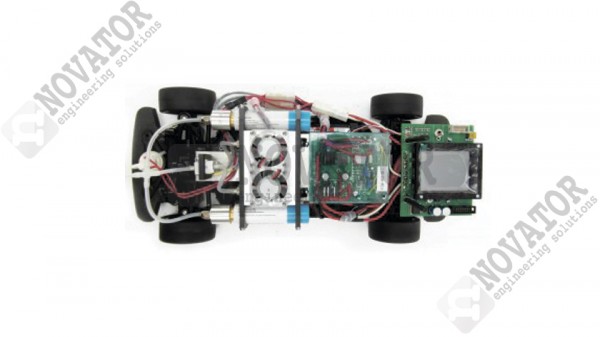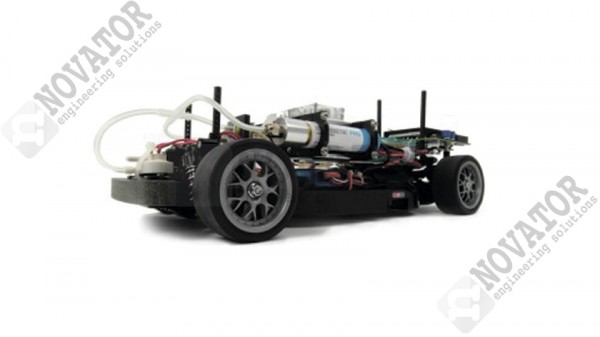H2Hybrid – Fuel Cell Automotive Trainer (FCAT-30)
|
|
|
PLANB_FULLICONS-ONE
PLANB_FULLICONS-TWO
PLANB_FULLICONS-THREE
PLANB_FULLICONS-FOUR
PLANB_FULLICONS-FIVE
? Ask a question
Description
The H2Hybrid Fuel Cell Automotive Trainer is the ultimate tool for exploring science and engineering concepts through hands-on activities with a working fuel cell car. An impressive array of hardware, software, and digital curricular materials allow for hours of activities for students of everything from high school vocational-technical up through college-level engineering.
- Engineer new solutions for optimization of car’s performance
- Examine the three fields of energy management
- Comprehend hybrid propulsion technology and work to minimize environmental impacts
- Learn about data acquisition and discover how to manipulate, analyze and interpret graphs and data gathered from the car on the road and on the bench
- Understand the expected performance of a fuel cell system and how to get to optimum operation
- Explore the difference between expected performance and experimental results
Curriculum
CAR SYSTEMS
- Steering and Propulsion
- Using Electrical Energy to Power the Vehicle
- Transmitting Mechanical Energy
- Speed and Consumption of Energy
- Measuring Changes in Electrical Energy
THE ROLE OF HYDROGEN
- Understanding the hydrogen fuel cell
- Understanding modern batteries
- Comparing sources of electricity
ENERGY NEEDS
- Using models to describe the car’s motion
- MATLAB & OpenModelica: Simulating the car’s motion
- Making measurements on the track
- Making measurements on the charging bench
SYSTEM ADAPTABILITY
- Providing power
- H-Cell power
- Influence of the arrangement of the components of the fuel cell
- Effects of the arrangement of the Hydrostiks
MANUFACTURER’S DECISIONS
- Making measurements on the track
- Making measurements on the charging bench
- Energy consumption
- Sustainable development
CUSTOMIZING YOUR CAR
- Changing how you drive
- Changing the components of the energy system of the car
- Reducing various forms of resistance to motion
- Changing the mode of hydrogen production











